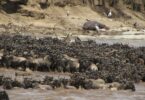Madagascar, the world’s fourth-largest island, is not just a paradise for travelers; it’s a spectacular wildlife wonderland brimming with unique flora and fauna. With 90% of its wildlife found nowhere else on Earth, Madagascar offers a once-in-a-lifetime opportunity to witness nature’s diversity up close. Join us as we explore the extraordinary creatures and vibrant ecosystems that make Madagascar a true haven for nature lovers.
1. The Jewel of Biodiversity
Madagascar’s isolation from the mainland for over 88 million years has resulted in an astonishing array of species, many of which are endemic to the island. From the iconic lemurs to the elusive fossa, Madagascar’s wildlife reflects a rich tapestry of evolution.
The Lemurs: Madagascar’s Charismatic Icons
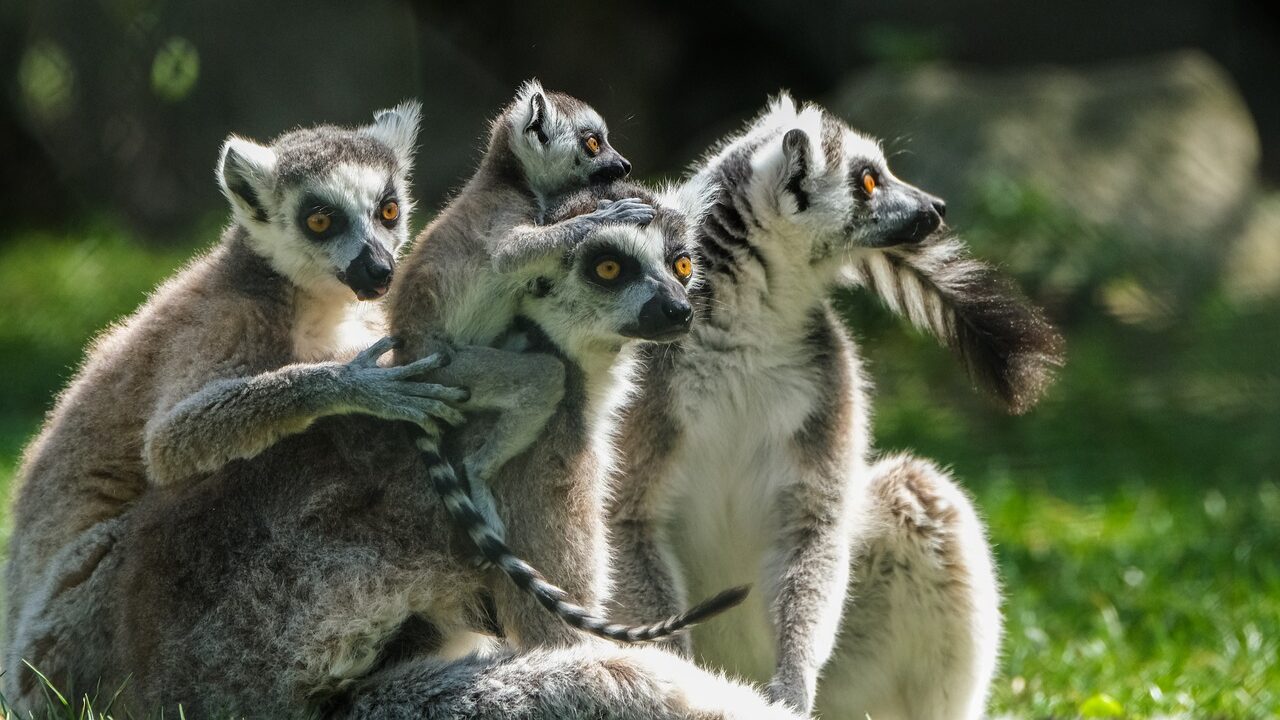
Lemurs are perhaps the most famous residents of Madagascar. These primates, known for their large, expressive eyes and playful behavior, come in various species. The ring-tailed lemur, with its striking black-and-white tail, is perhaps the most recognizable.
Fun Fact: Lemurs are social animals and often live in groups called troops. They communicate using a range of vocalizations, from loud calls to soft grunts. Their unique social structures make them fascinating subjects for wildlife enthusiasts.
The Fossa: The Island’s Top Predator
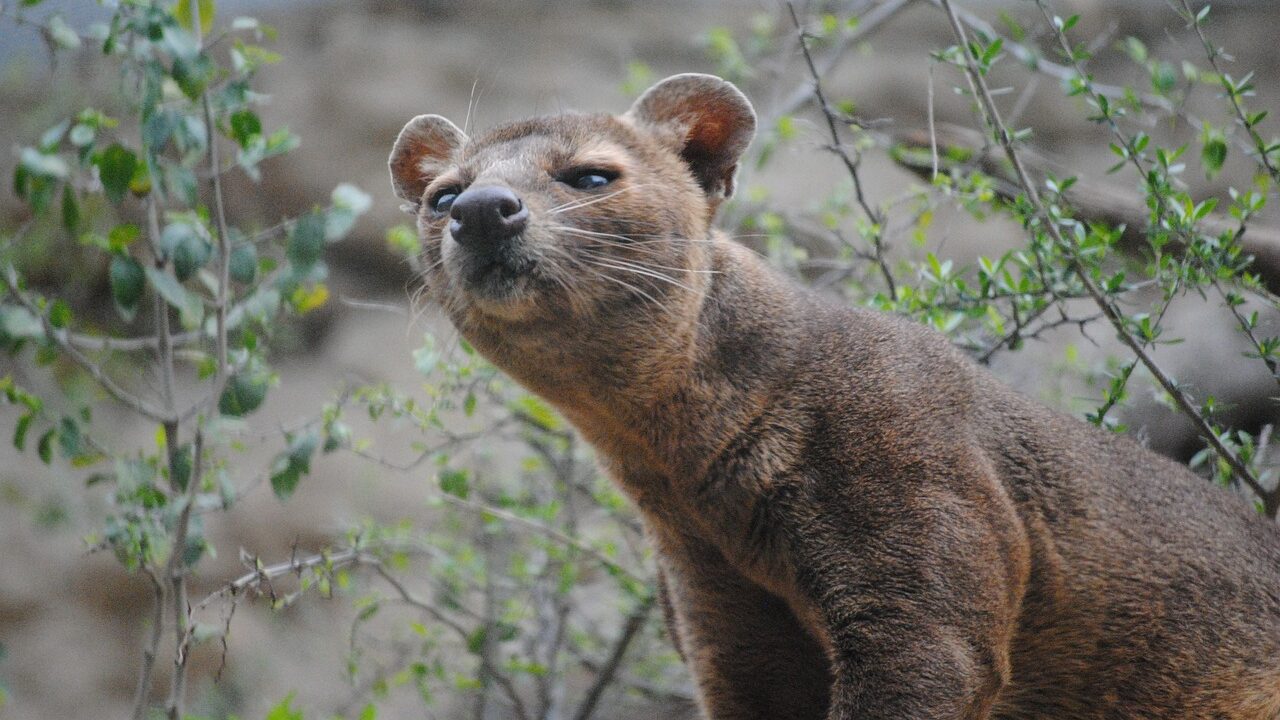
While lemurs steal the spotlight, the fossa is Madagascar’s top predator. This cat-like carnivore, which can grow up to 6 feet long, plays a vital role in maintaining the ecological balance on the island. Fossa’s are agile hunters, preying on lemurs and other small animals.
Important Note: Despite their feline appearance, fossa’s are more closely related to mongooses. Their unique evolutionary path makes them one of the island’s many wonders.
2. Unique Ecosystems: A Natural Wonderland
Madagascar’s diverse ecosystems range from lush rainforests to arid deserts, each supporting distinct wildlife. Let’s delve into some of the island’s remarkable habitats.
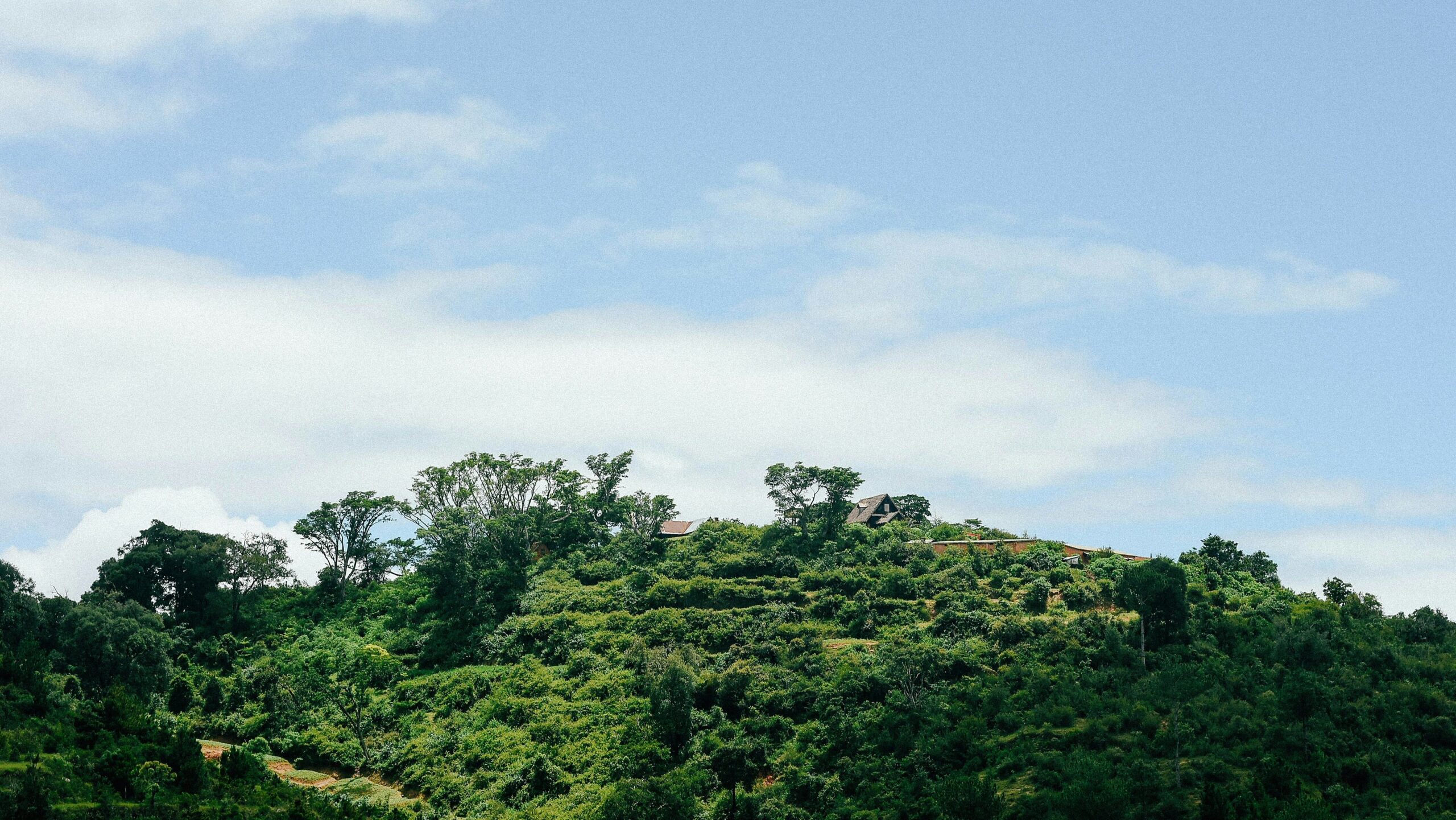
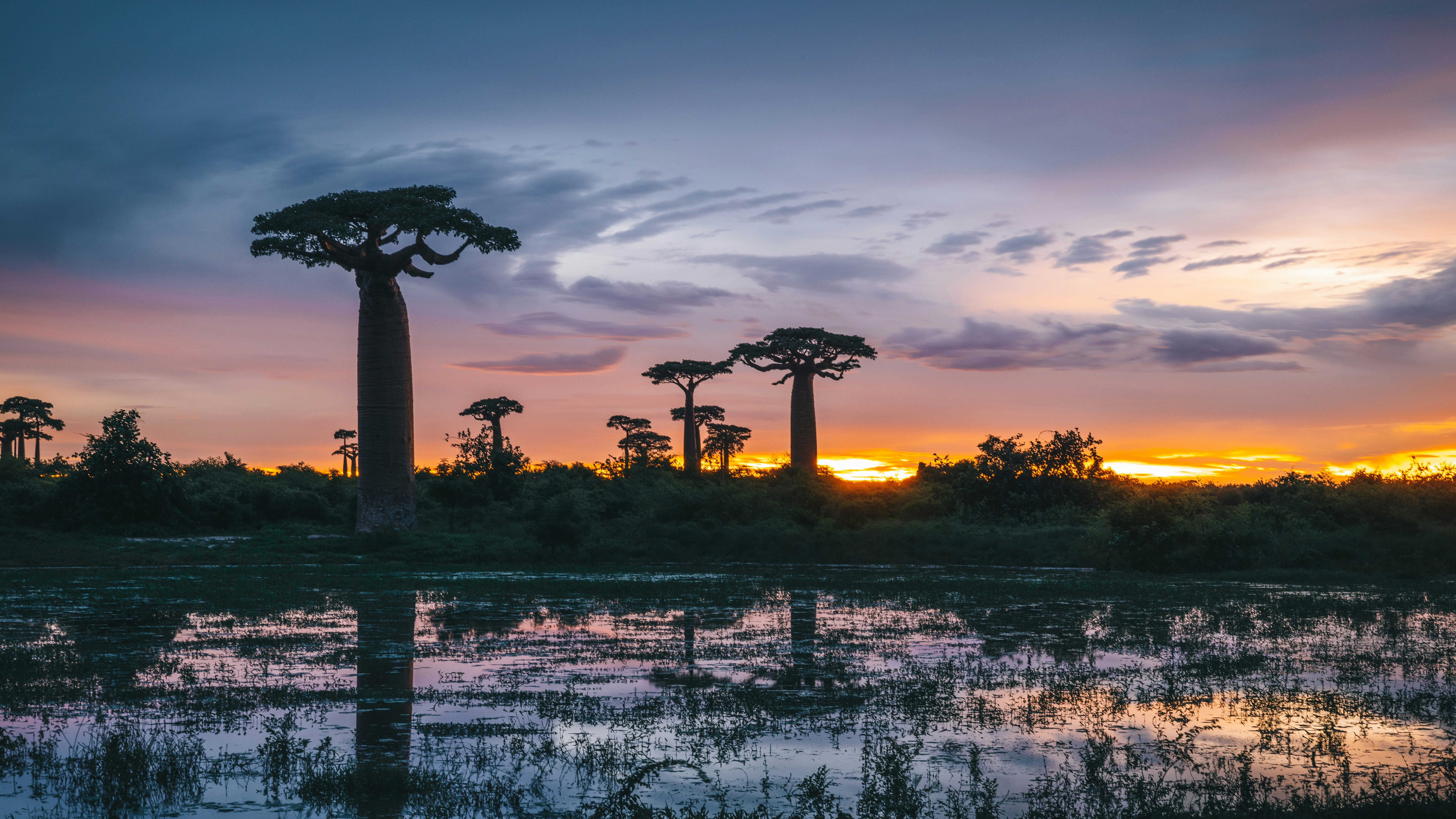
Rainforests: A Rich Tapestry of Life
Madagascar’s rainforests are teeming with life. Home to countless species of plants and animals, these forests provide a vital habitat for creatures such as chameleons, frogs, and various bird species.
Highlight: The Parson’s chameleon, one of the largest in the world, can change colors dramatically, making it a captivating sight for visitors.
Spiny Forests: Nature’s Resilience
In the south, the spiny forests of Madagascar showcase a unique ecosystem characterized by drought-resistant plants like the octopus tree and various baobabs. This unusual habitat supports species such as the spiny hedgehog tenrec, which thrives in this harsh environment.
Did You Know?: The spiny forest is a prime example of Madagascar’s adaptation to its climate, showcasing nature’s resilience.
3. Conservation Challenges: Protecting Madagascar’s Treasures
Despite its incredible biodiversity, Madagascar faces significant environmental threats, including deforestation, habitat loss, and climate change. Conservation efforts are crucial to protect the island’s unique ecosystems and wildlife.
Community Involvement
Local communities play a vital role in conservation. Programs that promote sustainable practices help balance ecological preservation with the needs of the people. Madagascar aims to safeguard its natural treasures for future generations by engaging locals in eco-tourism and conservation initiatives.
4. Explore Madagascar: Tips for Wildlife Enthusiasts
Visiting Madagascar is a dream for many nature lovers. Here are some tips to enhance your experience:
- Choose Eco-Friendly Tours: Look for tour operators that prioritize sustainable practices and respect local wildlife.
- Plan for Various Habitats: Madagascar’s diverse ecosystems require varied itineraries. Don’t miss the rainforests, dry forests, and coastal areas.
- Respect Wildlife: Always observe animals from a distance and avoid disturbing their natural behavior.




